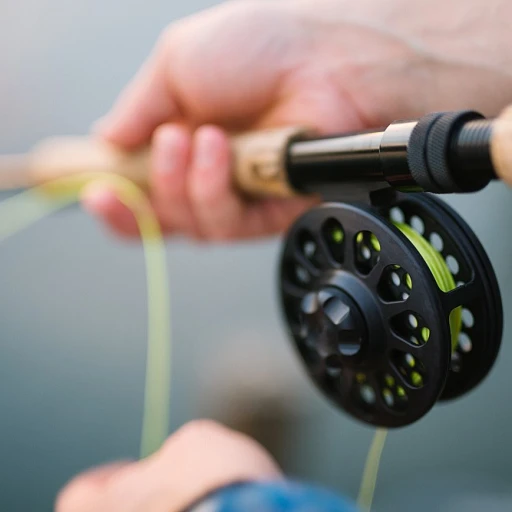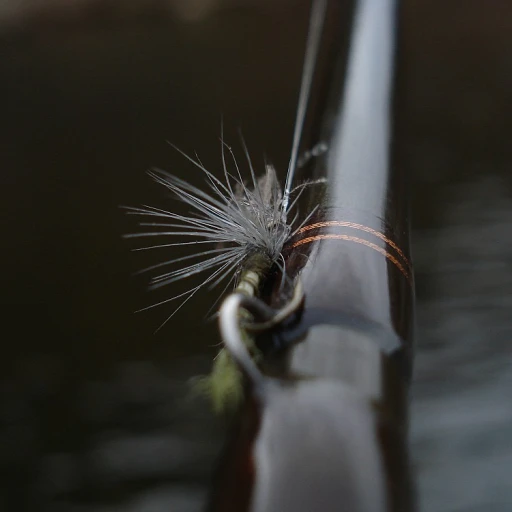
Understanding Optimal Fishing Periods
Timing Your Fishing Trips for Maximum Success
Fishing isn't just about casting your line and waiting. It's about knowing when to hit the water for the best chance at a successful catch. Whether you're a weekend warrior or a seasoned angler, understanding the best fishing times can make all the difference. The secret lies in the combination of several factors that influence fish behavior, including the time of day, moon phases, and weather conditions.
Let's start with the basics. Fish are more active during certain times of the day, particularly around sunrise and sunset. These periods, known as the major and minor feeding times, are when fish are most likely to be biting. Consulting a fishing calendar can help you pinpoint these peak times. For example, during a full moon, fish tend to feed more at night, which can shift the best fishing times to early morning or late evening.
Weather plays a crucial role too. A sudden change in weather, such as a drop in barometric pressure, can trigger feeding frenzies. On an average day, fish might be more active just before a storm hits. However, during calm weather, the bite might be slower. Understanding these patterns can help you plan your fishing trips more effectively.
Seasonal changes also affect fishing success. In February, for instance, you might find that the bite is fair as fish start to become more active after the winter lull. As the water warms up, fish metabolism increases, leading to more feeding activity. Knowing the seasonal patterns of the fish you are targeting can guide you to the best times to fish throughout the year.
For those who want to minimize harm and maximize survival of fish, understanding these optimal fishing periods is also crucial. By planning your trips around these times, you can ensure that you're not only catching fish but also practicing responsible angling. Check out this comprehensive guide for the responsible angler for more insights on catch and release techniques.
Tools and Techniques for Timing Your Fishing Trips
Choosing the Right Tools for Timing
When you're planning a fishing trip, knowing the best times to fish can make all the difference. Many seasoned anglers swear by their trusty fishing calendar, which highlights the peak times to cast a line. A good fishing calendar will factor in the moon phases, sunrise and sunset, and even the weather to give you the best fishing times. These calendars often highlight major and minor periods, which are the best times for fishing, based on the moon and sun's influence on fish behavior.
Embracing Technology
In the modern age, there are numerous apps and websites that can help you pinpoint the best fishing times. These tools can predict the average day fishing conditions based on historical data and real-time weather updates. They offer insights into good fishing spots and can even alert you to changes in weather or water conditions. Some apps even provide detailed fishing reports from other anglers, helping you make informed decisions about where and when to fish.
Reading the Natural Signs
While technology is a great ally, nothing beats the experience of reading natural signs. The behavior of birds, the movement of water, and even the position of the sun can be indicators of good fishing times. For instance, fishing during a full moon might yield better results as fish are more active. Observing these natural cues can be a rewarding way to connect with nature and improve your fishing success.
For those interested in the ethical side of fishing, you might want to explore the ethical angler's dilemma to understand how timing and technique can impact fish survival rates.
The Role of Tides and Weather in Fishing Success
Understanding How Tides and Weather Affect Fishing
Fishing is a game of timing, and both tides and weather play key roles in determining the best times to catch fish. Fishermen know that nature's rhythms can dramatically influence their success, let's dive into this understanding further. Timing with Tides The moon's gravitational pull impacts the rising and falling of tides, which can significantly affect the abundance of fish. The best fishing happens when the water is moving, during a rising or falling tide. The movement stirs up marine life, making fish more active. These tidal shifts create "major" and "minor" feeding windows. Spot the times when the water levels change, and you'll increase your chances of a good fishing day. Using a fishing calendar, such as the one available for the United States, can help plan your trips around optimal tide times. Weather's Role in Fishing Success Weather conditions are another important factor. Overcast days often provide some of the best fishing times as fish are more likely to stay near the surface without the harsh sunlight. Variations in temperature, barometric pressure, and wind can all signal to fish that it’s a good time to feed.- Temperature: Gradual changes in temperature can make quiet fish more active. For example, warming trends in February (or "Feb") often lead to good fishing days.
- Barometric Pressure: Fish are sensitive to pressure changes. When the barometer falls, it's usually a signal for fish to start biting. Thus, watching the weather can provide you with crucial insight.
- Wind Speed & Direction: Certain winds can improve conditions, guiding fish into specific areas by influencing water flow and temperatures.
Seasonal Changes and Their Impact on Fishing
Seasonal Shifts and Their Fishing Impact
Every angler knows that fishing isn't just about casting a line and hoping for the best. It's about understanding the rhythms of nature and how they affect fish behavior. One of the biggest factors to consider is the changing seasons. Whether you're out on a crisp February morning or a balmy summer day, the season can dramatically influence your fishing success.
Let's talk about the best times to fish during different seasons. In spring, as the water warms up, fish become more active, making it a good time to head out. This is when you'll see a fair increase in activity, especially around sunrise and sunset. As we move into summer, fish tend to seek cooler, deeper waters during the day, but they come closer to the surface during the early morning and late evening.
Fall is another peak time for fishing. Fish are busy feeding before winter, making it one of the best times to catch them. Winter, on the other hand, can be challenging. Fish slow down, and their feeding patterns change, but with the right gear and patience, you can still have a successful day.
Weather and Moon Phases
The weather and moon phases play a crucial role in determining the best fishing times. Overcast days can be great for fishing as fish are less wary of predators. Similarly, during a full moon, fish tend to feed more at night, which can affect their activity during the day. The moon and sun together create major and minor feeding times, which are key to planning your trips.
In the United States, many anglers use a fishing calendar to track these times. This calendar considers factors like the moon phases, weather patterns, and water temperature to predict the best fishing days. For example, during a full moon, you might find that the average day becomes a peak time for certain species.
Planning Around Seasonal Changes
To make the most of your fishing trips, it's essential to align your gear and techniques with these seasonal changes. During the warmer months, lighter tackle and faster lures might be effective, while in colder months, slow-moving baits can be more enticing. Knowing when to switch up your gear based on the season can significantly increase your chances of a successful catch.
By understanding these patterns and planning accordingly, you can turn an average day into a good fishing day. Keep an eye on the fishing calendar and be ready to adapt to the weather and moon phases. With a little preparation, you'll be well on your way to maximizing your catch.
Matching Fishing Gear to Peak Times
Gear Selection for Peak Efficiency
Choosing the right fishing gear at the prime fishing times can make your day on the water more productive than ever. It's more than just the rod and reel; think about how your entire setup aligns with the peak hours. Here's what to keep in mind:- Rods and Reels: During major times, when fish activity hits its stride, a heavier setup with quick-action capability can help you reel in bigger catches. But in minor times, when the action is just starting to build up, a lighter setup might attract more nibbles.
- Baits and Lures: Matching your bait to the time of day and weather can enhance your chances. Bright lures during the full moon or overcast days can make a difference, while more subtle colors might work best during an average day.
- Line Strength: Peak fishing times might call for a heavier line as fish become more aggressive. However, during low activity times on your fishing calendar, lighter lines can prove more effective.
Embracing the Environment
Your location can vastly alter which gear is best suited for fishing success. In the United States, the diversity of fishing places means understanding local conditions is a smart move. Temperatures in Feb can signal different gear needs than a warm summer day.- Water Conditions: Clarity, temperature, and movement of water directly influence which fish are at play and how they'll react to your bait. Adapt and adjust; flexibility with your gear is key to optimizing your day fishing.
- Weather and Moon Phases: Keep an eye on the weather forecast and moon calendar. These affect tidal influences, and sunrise and sunset not only mark major and minor times but also dictate the environment you'll be dealing with.
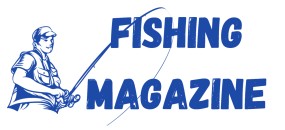
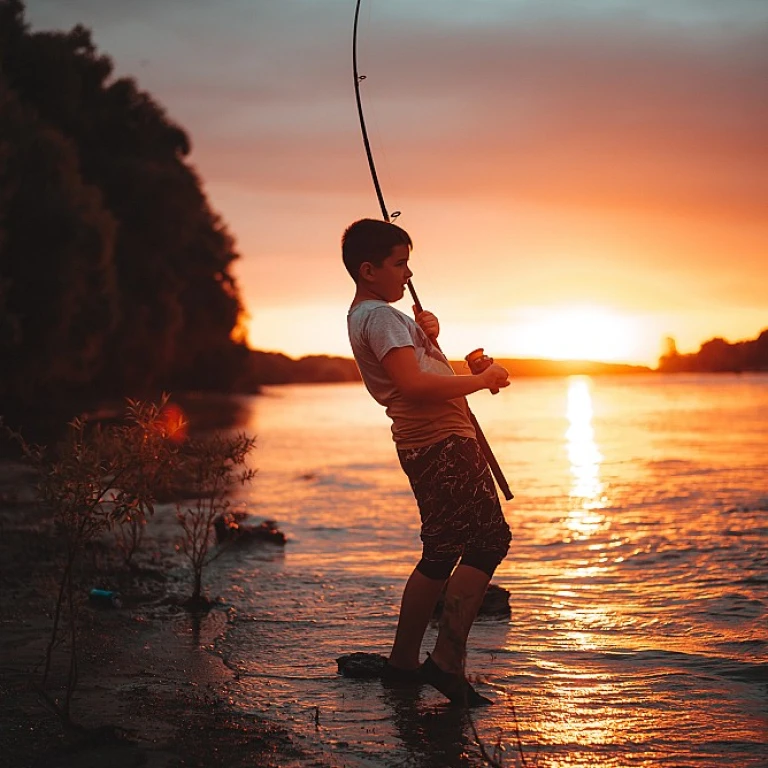
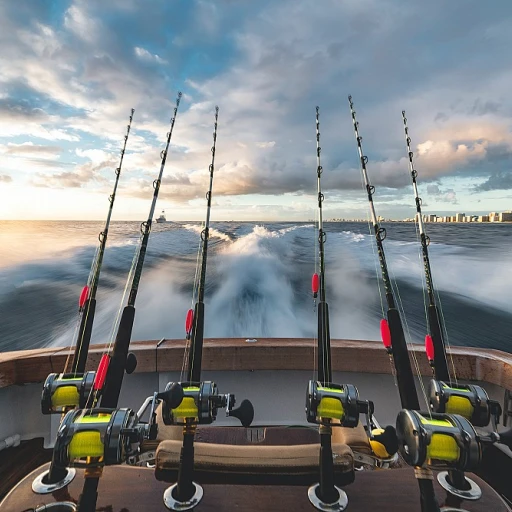
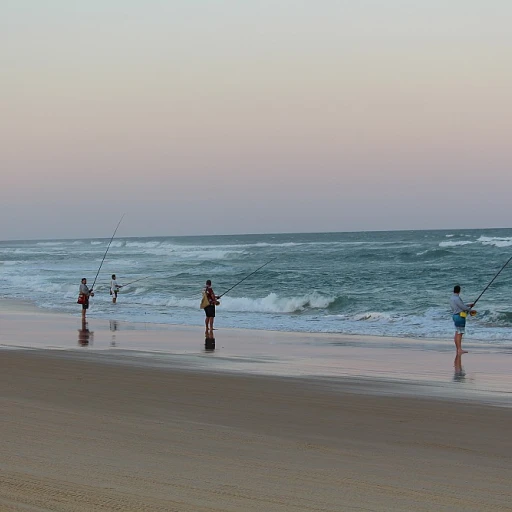
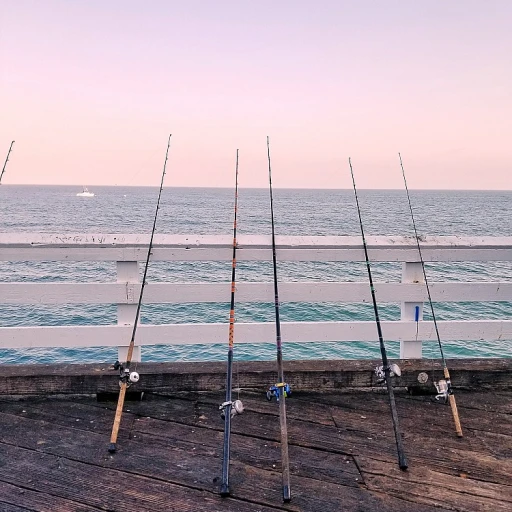
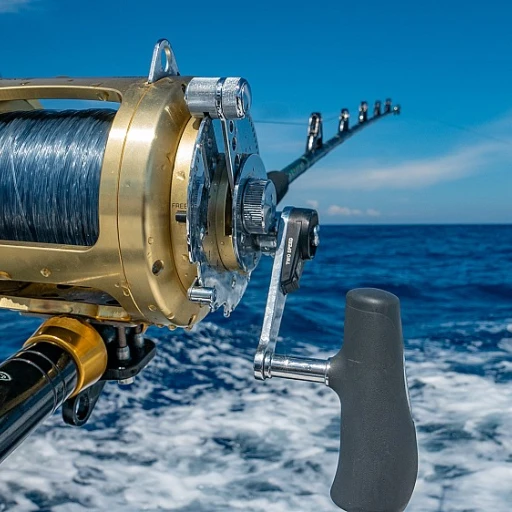
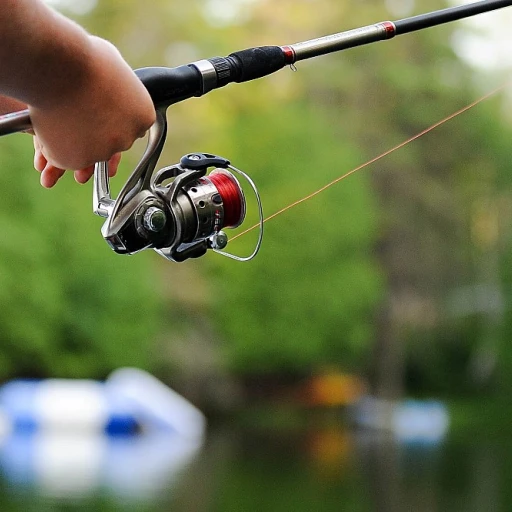
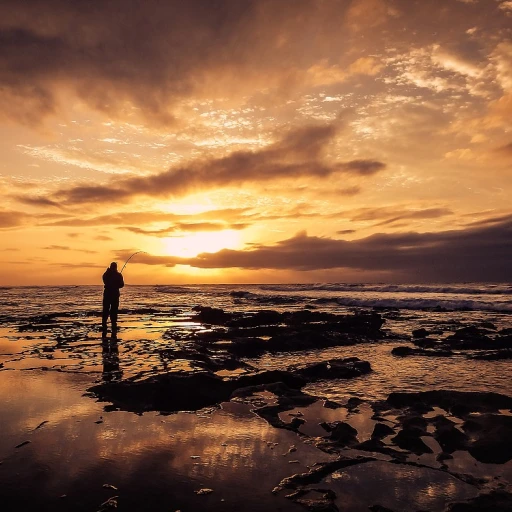
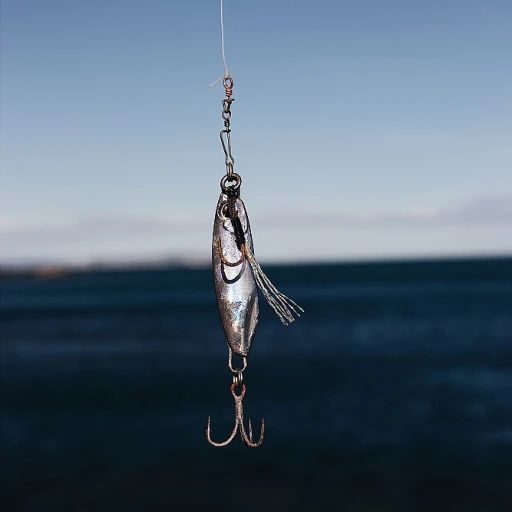
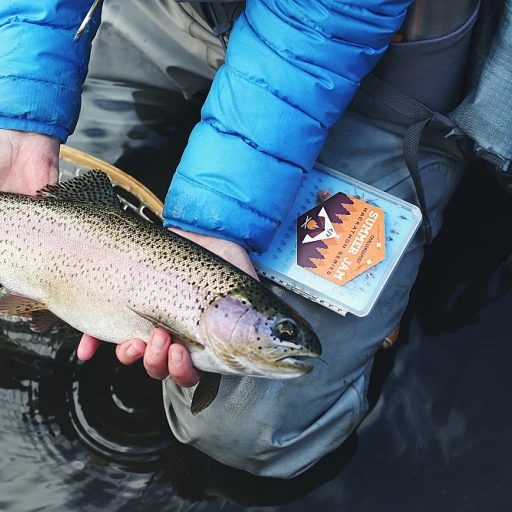
-large-teaser.webp)
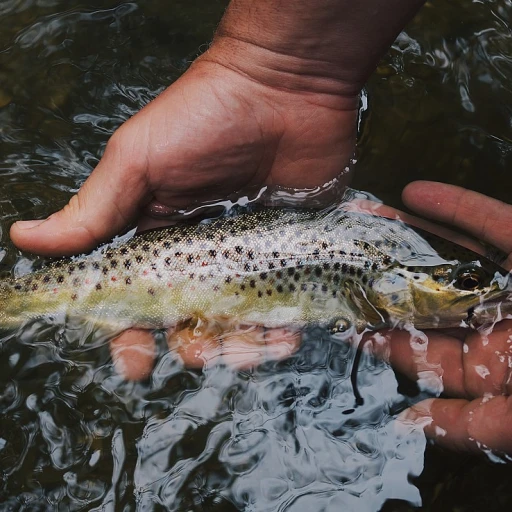
-large-teaser.webp)
